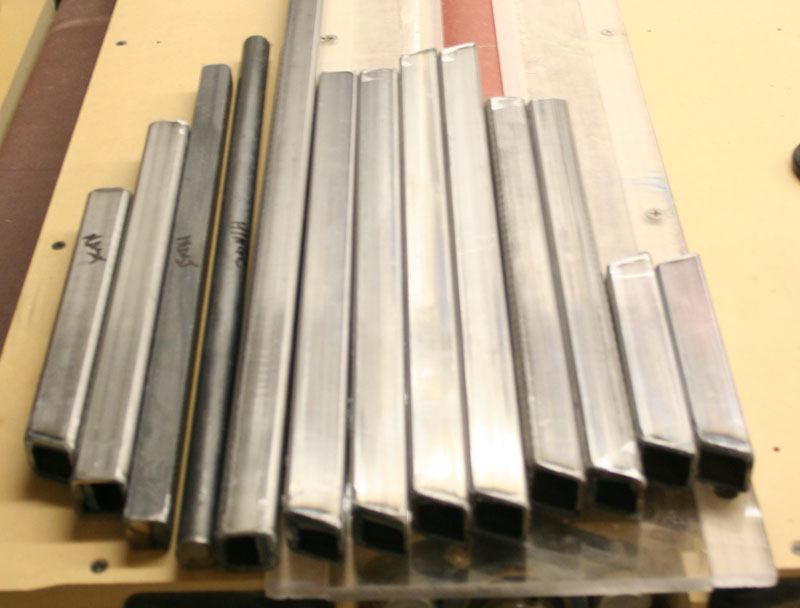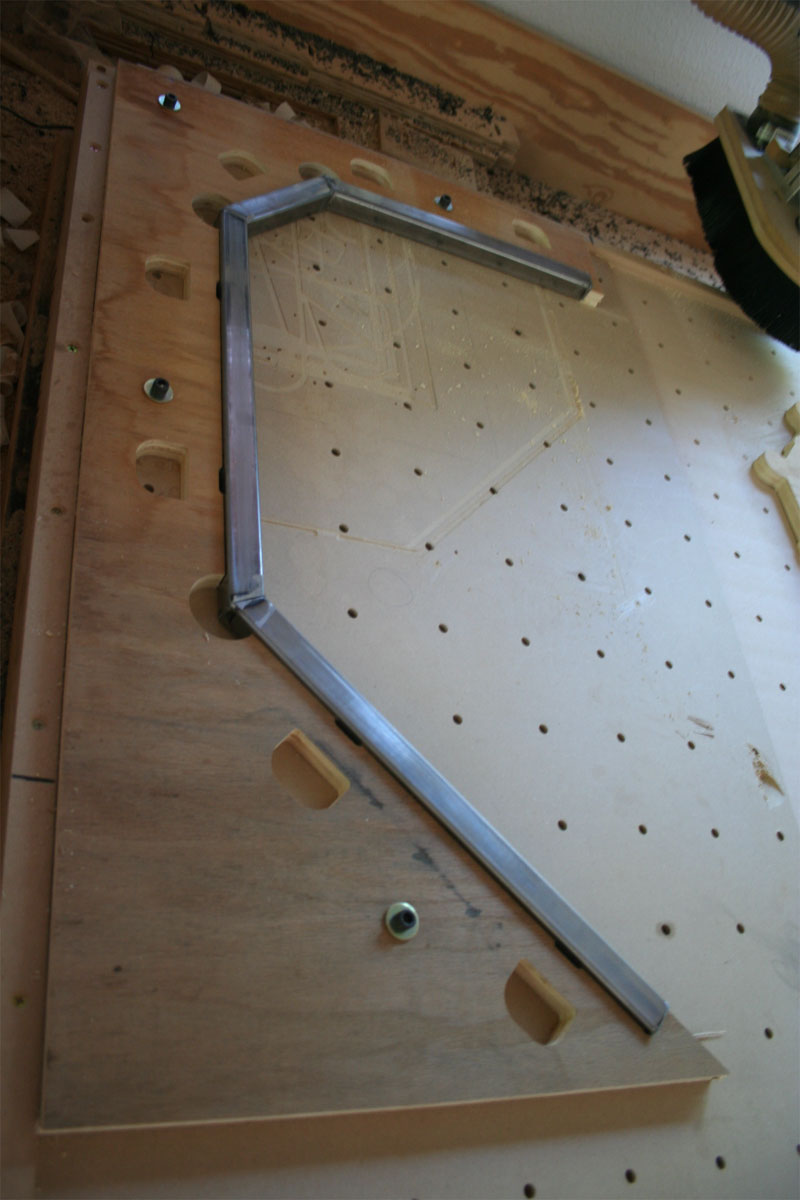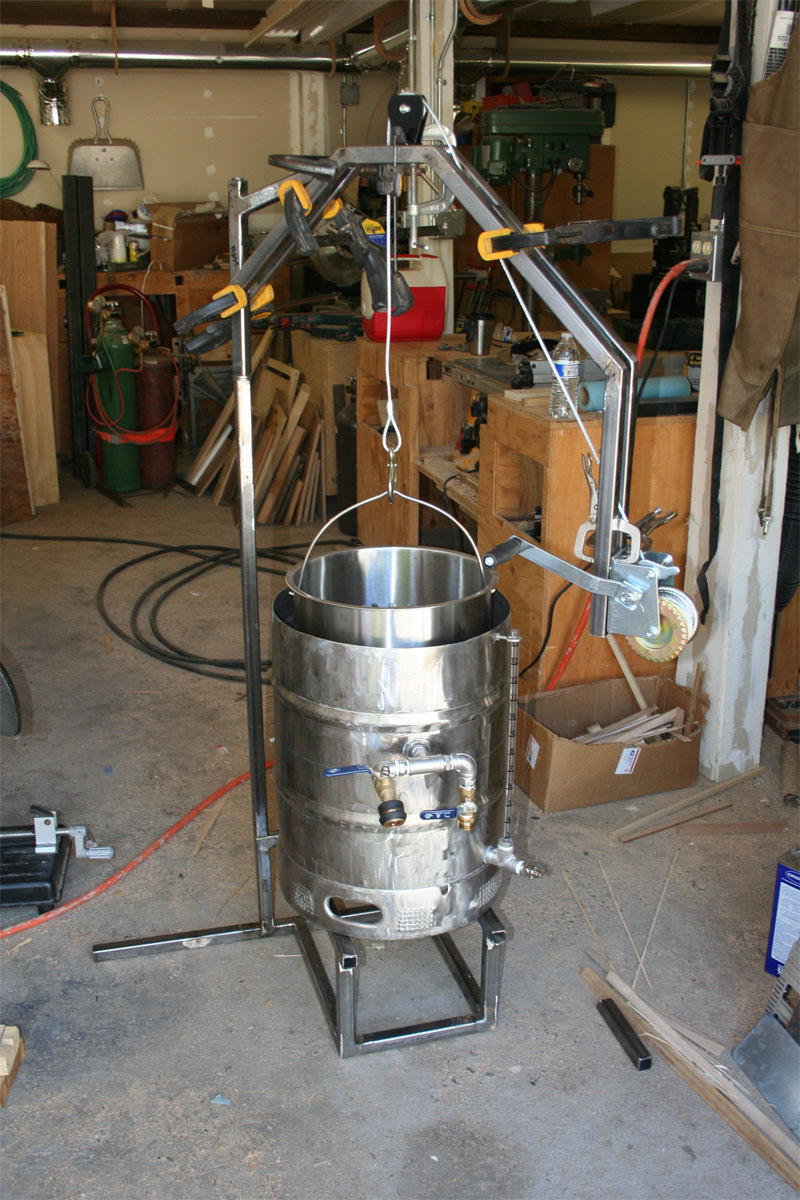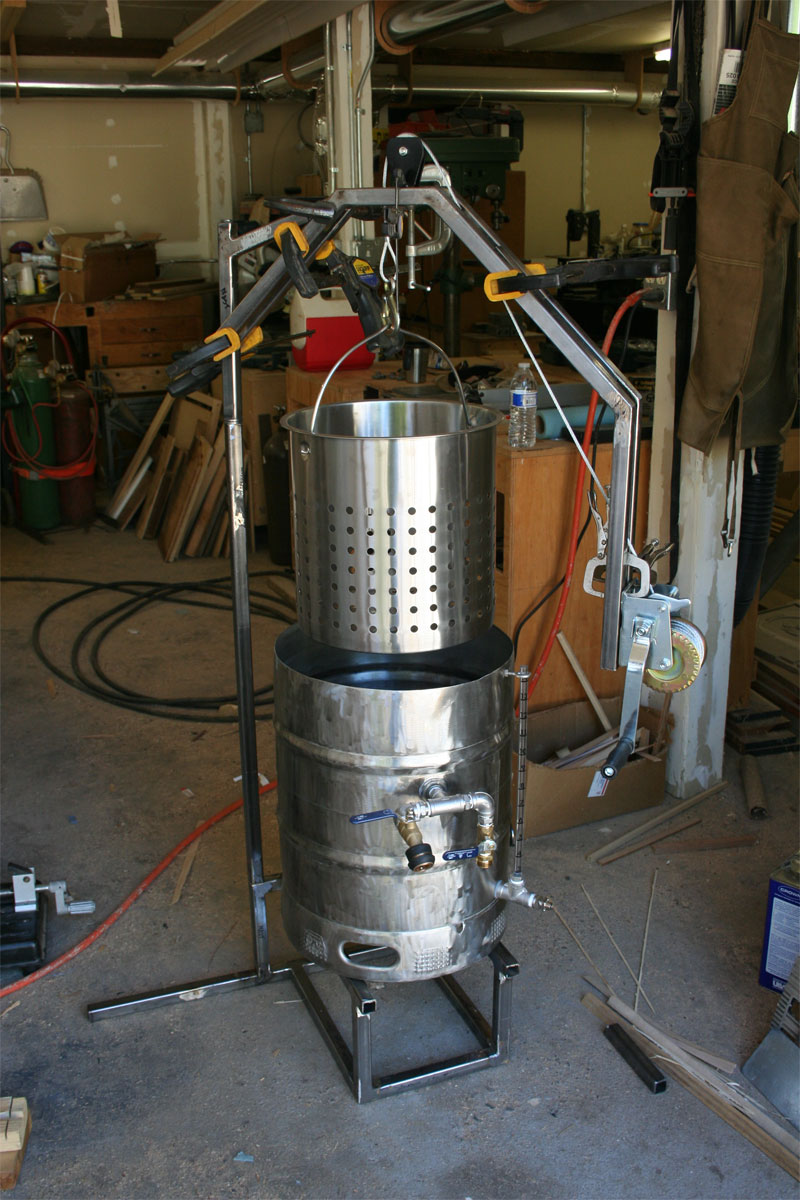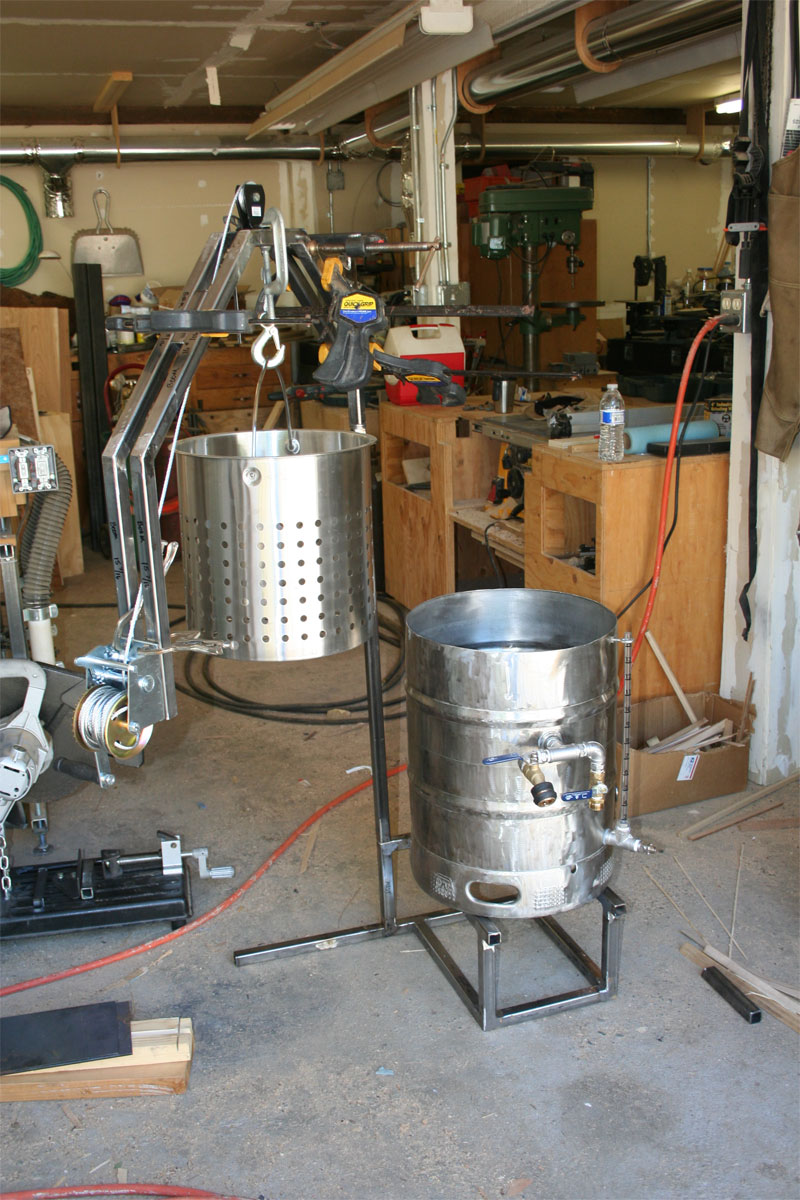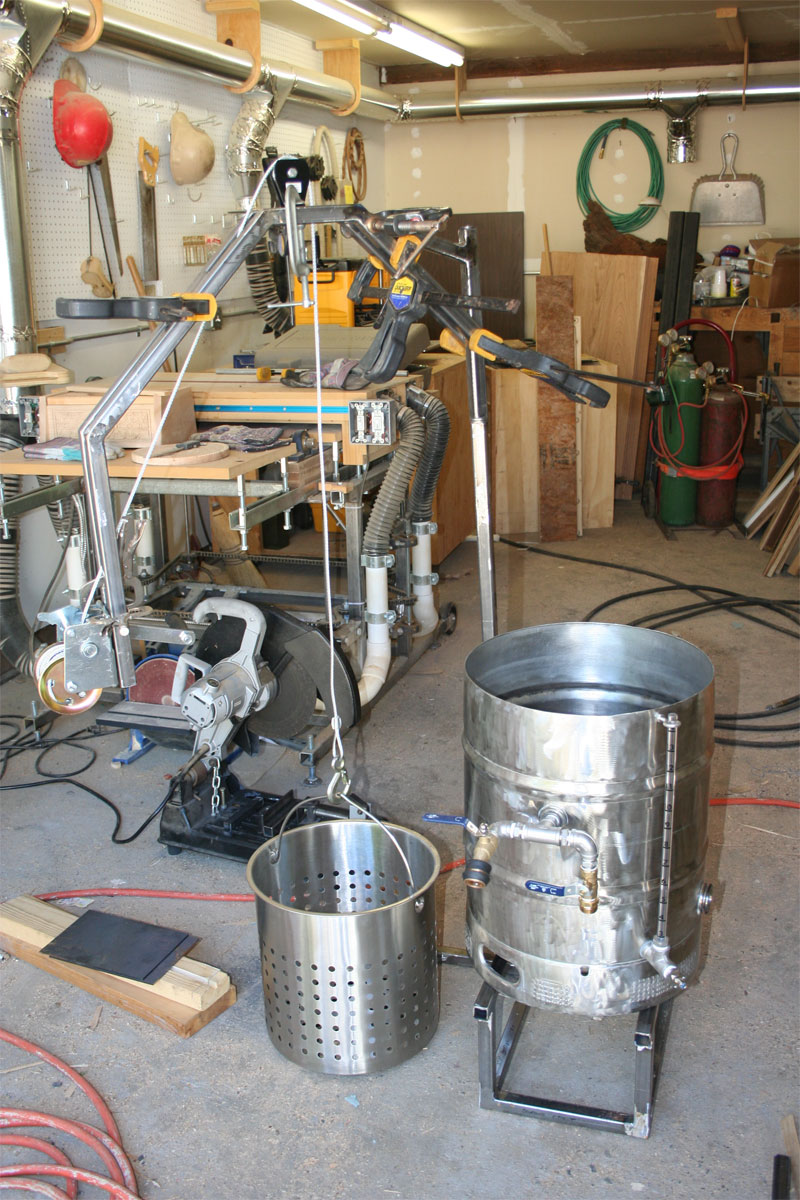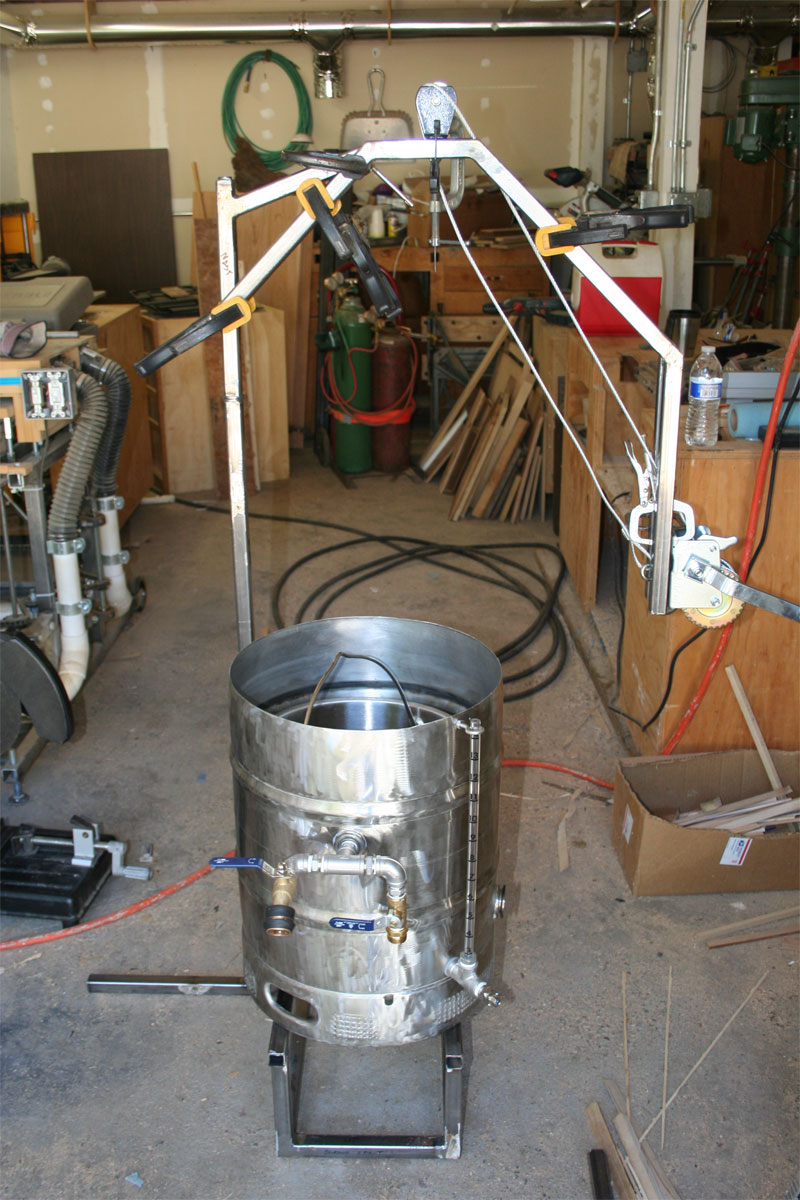r8rphan
Well-Known Member
In fact, I could even semi seal the gap on the bottom side of the box, cut holes in the side of the box on the same side, then the air draw would be from one side inside the box, across the fins inside the box, through the box on the top gap, then along the bottom fins and out..
but I doubt that is necessary...
We have some hot weather coming so perhaps, I can test by say starting out at 50% power and measuring heat sink temp, and then gradually increasing power on a scorcher day, and see what the measurements do?
If it means increasing the size of the opening in the MDF, then I can do that after the fact
but I doubt that is necessary...
We have some hot weather coming so perhaps, I can test by say starting out at 50% power and measuring heat sink temp, and then gradually increasing power on a scorcher day, and see what the measurements do?
If it means increasing the size of the opening in the MDF, then I can do that after the fact



























![Craft A Brew - Safale S-04 Dry Yeast - Fermentis - English Ale Dry Yeast - For English and American Ales and Hard Apple Ciders - Ingredients for Home Brewing - Beer Making Supplies - [1 Pack]](https://m.media-amazon.com/images/I/41fVGNh6JfL._SL500_.jpg)


















































